Development of the Fluent Reading Skill in Children with General Speech Underdevelopment Through the Identification of the Rhythmic Structure of a Prose Text
Author(s)
Anna R. Kalashnikova, Candidate of Sciences (Philology), Associate Professor of the Special Pedagogy and Psychology Department, https://orcid.org/0000-0002-2456-5693, Volgograd State Socio-Pedagogical University
27 Lenin Prospect (Avenue), Volgograd, Russia, 400005, tel.: +7 (8442) 241360, This email address is being protected from spambots. You need JavaScript enabled to view it.
Tatiana A. Bondarenko, Candidate of Sciences (Pedagogy), Associate Professor of Special Pedagogy and Psychology Department, https://orcid.org/0000-0001-7073-266X, Volgograd State Socio-Pedagogical University
27 Lenin Prospect (Avenue), Volgograd, Russia, 400005, tel.: +7 (8442) 241360, This email address is being protected from spambots. You need JavaScript enabled to view it.
Alla I. Tsoi, Candidate of Sciences (Pedagogy), Associate Professor of Special Pedagogy and Psychology Department, https://orcid.org/0000-0002-6037-8887, Volgograd State Socio-Pedagogical University
27 Lenin Prospect (Avenue), Volgograd, Russia, 400005, tel.: +7 (8442) 241360, This email address is being protected from spambots. You need JavaScript enabled to view it.
Abstract. Introduction. The paper presents the results of a study on the influence of identifying the prose text rhythm on the development of fluent reading skills in children with the general speech underdevelopment.
Materials and Methods. The methods employed in the study are analysis of scientific literature on the issues of formation of rhythm in the text and syntagmatic division of the text, the rhythmic analysis, and the statistical method.
Results. Identification of a rhythmic structure in the text and division of the text into syntagmas help improve the technical aspect of reading and affect the development of fluent reading skills in children with the general speech underdevelopment.
Conclusion. The findings suggest that it is essential to teach primary school children with the general speech underdevelopment to feel the text rhythm, identify it at the level of syntagmatic division, and find semantic dominants in the text to overcome the difficulties of developing fluent reading skills. The identification of rhythmic patterns in the text enables children both to upgrade their fluent reading skills and to understand better the meaning of what they read.
Keywords: fluent reading, reading skill, text rhythm, syntagma, division into syntagmas, children with general speech underdevelopment
For citation: Kalashnikova A. R., Bondarenko T. A., Tsoi A. I. Development of the Fluent Reading Skill in Children with General Speech Under- Development Through the Identification of the Rhythmic Structure of a Prose Text. Pedagogicheskiy IMIDZH = Pedagogical IMAGE. 2021; 15(4): 408-417. (In Russ.). DOI: 10.32343/2409-5052-2021-15-4-408-417
UDС: 376.1






